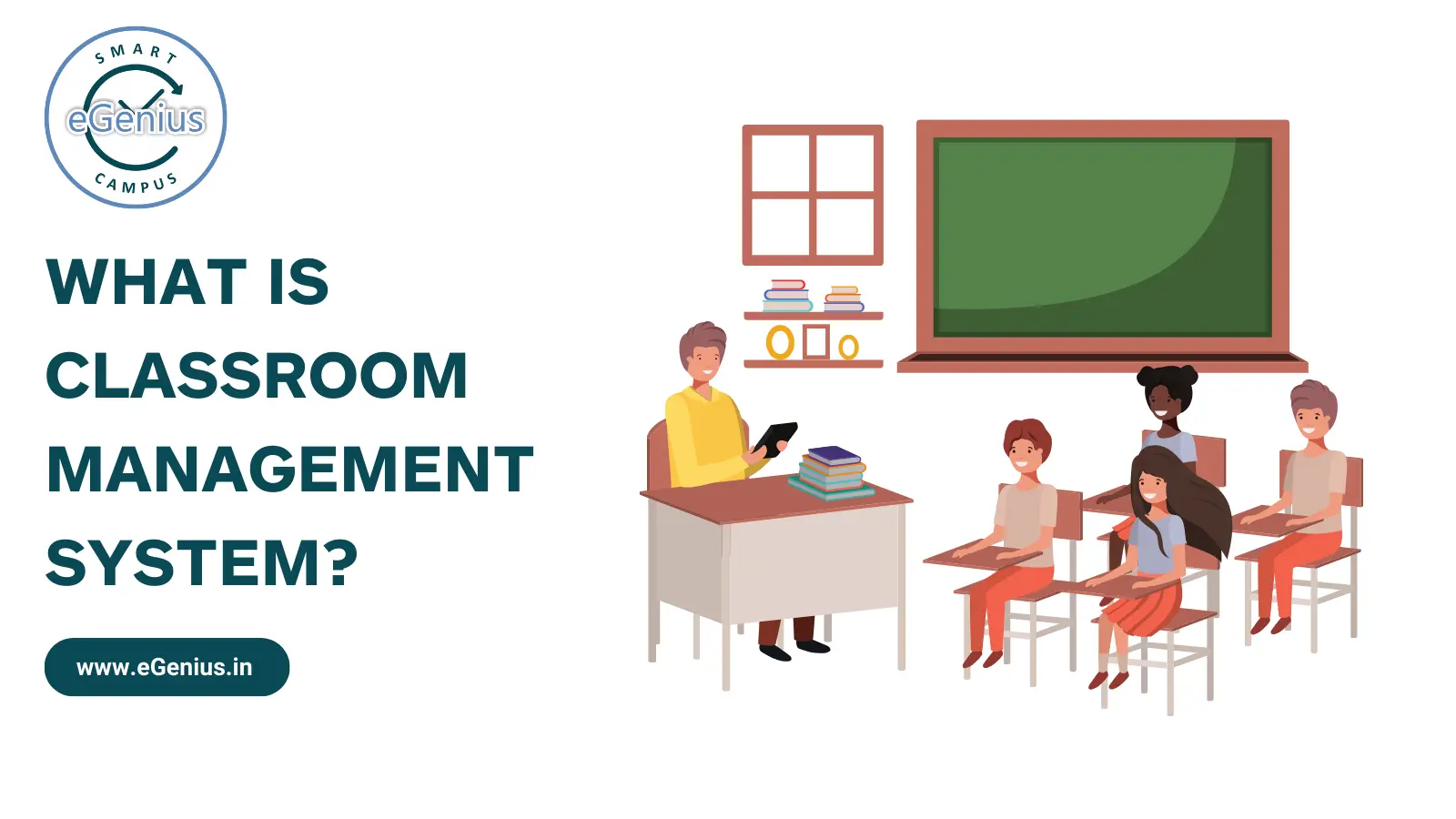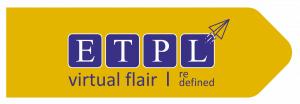Classroom management System refers to the techniques and strategies employed by educators to ensure a conducive learning environment. It involves the establishment of rules, the maintenance of order, and the fostering of positive student behavior. Effective classroom management System is crucial for optimizing the learning experience, as it minimizes disruptions and maximizes instructional time.
Importance of a Classroom Management System
A classroom management system is a comprehensive tool designed to assist educators in managing their classrooms efficiently. This software automates and streamlines various aspects of classroom management, from attendance tracking to behavior monitoring. With the integration of technology, a classroom management software provides real-time data and insights, allowing educators to make informed decisions that enhance the learning environment.
Key Elements of Effective Classroom Management
Several key elements contribute to successful classroom management. These elements include clear communication of expectations, consistent enforcement of rules, and the development of positive relationships with students. Additionally, the use of a classroom management system can support these elements by providing tools that facilitate communication, track student behavior, and monitor academic progress.
Clear Communication of Expectations: Educators must clearly articulate their expectations regarding student behavior and academic performance. This can be achieved through visual aids, verbal instructions, and written guidelines.
Consistent Enforcement of Rules: Consistency is essential in maintaining order within the classroom. When rules are enforced consistently, students understand the consequences of their actions, leading to a more disciplined learning environment.
Development of Positive Relationships: Building rapport with students is a critical aspect of classroom management. Positive relationships foster trust and respect, making it easier for educators to guide and influence student behavior.
Benefits of Implementing a Classroom Management System
Implementing a classroom management software offers numerous benefits, both for educators and students. These benefits include improved organization, enhanced communication, and increased student engagement.
Improved Organization: A classroom management software helps educators stay organized by centralizing important information, such as attendance records, gradebooks, and lesson plans. This centralization allows for easy access to data, reducing the time spent on administrative tasks.
Enhanced Communication: Effective communication is vital in any classroom. A classroom management system facilitates communication between educators, students, and parents. This system allows for the quick dissemination of information, ensuring that everyone is on the same page.
Learn More: What is a Visitor Management System?
Increased Student Engagement: Engaged students are more likely to succeed academically. A classroom management software can increase student engagement by providing interactive learning tools, gamification elements, and real-time feedback.
Challenges in Classroom Management
Despite the benefits, classroom management can present challenges. These challenges may include managing diverse student needs, addressing behavioral issues, and adapting to technological changes. However, with the right strategies and tools, these challenges can be effectively addressed.
Managing Diverse Student Needs: Students come from various backgrounds and have different learning needs. A classroom management software can help educators differentiate instruction and provide personalized support to each student.
Addressing Behavioral Issues: Behavioral issues can disrupt the learning environment. A classroom management software can assist in tracking and managing student behavior, allowing educators to intervene early and address issues before they escalate.
Adapting to Technological Changes: Technology is constantly evolving, and educators must stay updated on the latest tools and trends. Choosing a software that is user-friendly and regularly updated can help educators adapt to these changes with ease.
How to Choose the Right Classroom Management System
Choosing the right softeare is essential for maximizing its benefits. Educators should consider factors such as ease of use, integration capabilities, and cost when selecting a system.
Ease of Use: The system should be user-friendly and easy to navigate. Educators and students should be able to use the system without extensive training.
Integration Capabilities: The classroom management system should integrate seamlessly with other tools and platforms used within the educational institution. This integration ensures that data flows smoothly between systems, reducing the need for manual data entry.
Cost: Budget constraints are a reality for many educational institutions. It is important to choose a system that offers a balance between functionality and affordability.
Classroom management is a fundamental aspect of the educational process, and the implementation of a these can greatly enhance its effectiveness. By providing tools that support organization, communication, and student engagement, a these helps educators create a positive and productive learning environment. Therefore, selecting the right system is crucial for meeting the diverse needs of both educators and students.
FAQs
1. What is a classroom management system?
A classroom management software is a tool that helps educators manage various aspects of classroom activities, including attendance, behavior tracking, and communication.
2. How does a classroom management system benefit students?
It benefits students by increasing engagement, providing real-time feedback, and ensuring a well-organized learning environment.
3. What factors should be considered when choosing a classroom management system?
Ease of use, integration capabilities, and cost are important factors to consider when selecting a classroom management software.
4. Can a classroom management system help with behavioral issues?
Yes, it can help track and manage student behavior, allowing educators to address issues early and maintain a positive classroom environment.
5. Is it necessary to have technical skills to use a classroom management system?
Most systems are designed to be user-friendly, requiring minimal technical skills. Training is often provided to ensure ease of use.
Learn more about our classroom management system at eGenius.in.














